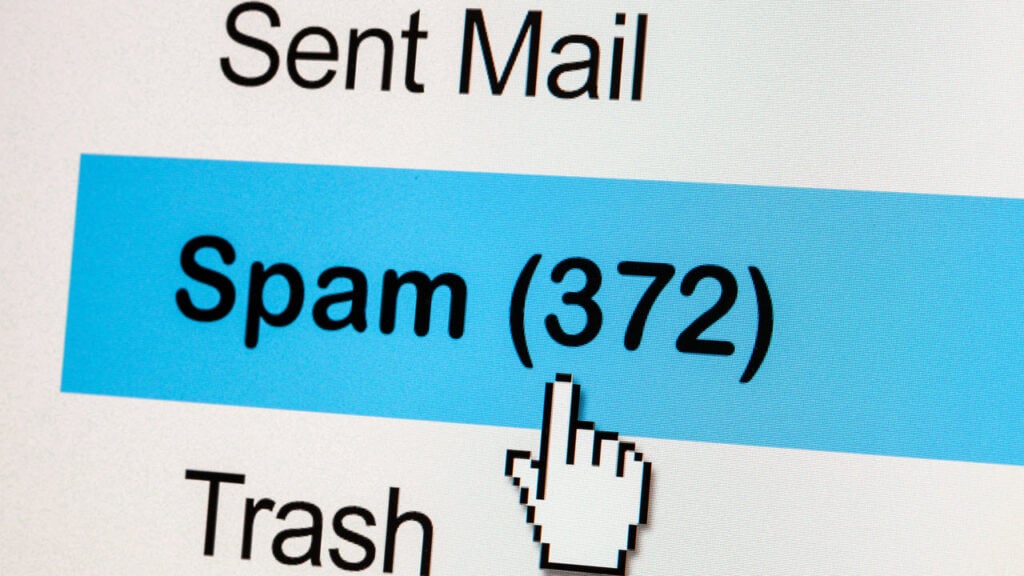As old and outdated as they might seem, emails are still an important form of communication and often the easiest one to automate. However, sending emails from a web server requires setting up a number of different things which if done wrong, can easily get you tons of error codes to work through.
In this article, we’re talking about server error 451, its causes and what you can do to fix the problem.
What causes server error 451?
Error 451 indicates errors encountered by the recipient’s server when trying to send an email. This can happen for a number of reasons, some of the most popular ones being as follows.
- Server IP is blocklisted
- DNS issues
- The mail server rejected the request
- The webserver has exceeded its message quota
- SMTP server issues on the recipient’s end
Also read: Gmail not receiving emails? Here are 7 fixes
How to fix this?
Here are four fixes you can try out.
Try again in some time
There’s a good chance that the receiving server is just overloaded with requests at the moment and needs some time to clear its pending overhead before it can get to new messages. Since the message itself is rather vague, you should wait for some time and try again before trying anything else.
Try another IP
Another potential reason why you’re seeing this message could be because your IP has been blocklisted or greylisted by the recipient server. In such cases, the receiving server either completely blocks the email or holds it until it can verify whether or not a particular IP address is trying to spam.

There’s not much you can do in this situation except get a second IP address, whether by contacting your hosting provider or using a VPN service hosted directly on your server.
Also read: How to fix error 505?
Check your messaging quota
Most if not all webmail service providers put quotas on new accounts by default to prevent new users from sending spam emails. If the email address you’re using has exceeded its quota, you can get a number of different errors including but not limited to error 451. In such cases, try changing the maximum limits on the email account you’re using to see if that makes a difference.
Check third-party services
Sometimes, overly aggressive third-party spam protection or security services flag emails as spam or malicious and block them out of the recipient’s inbox. In such cases, it’s best to temporarily disable the services and try sending the email again. If that works, chances are you’re going to have to allowlist your IP through the particular service’s firewalls.

Also read: How to Emphasize Crucial Textual Content on Foxit PDF Editor?






